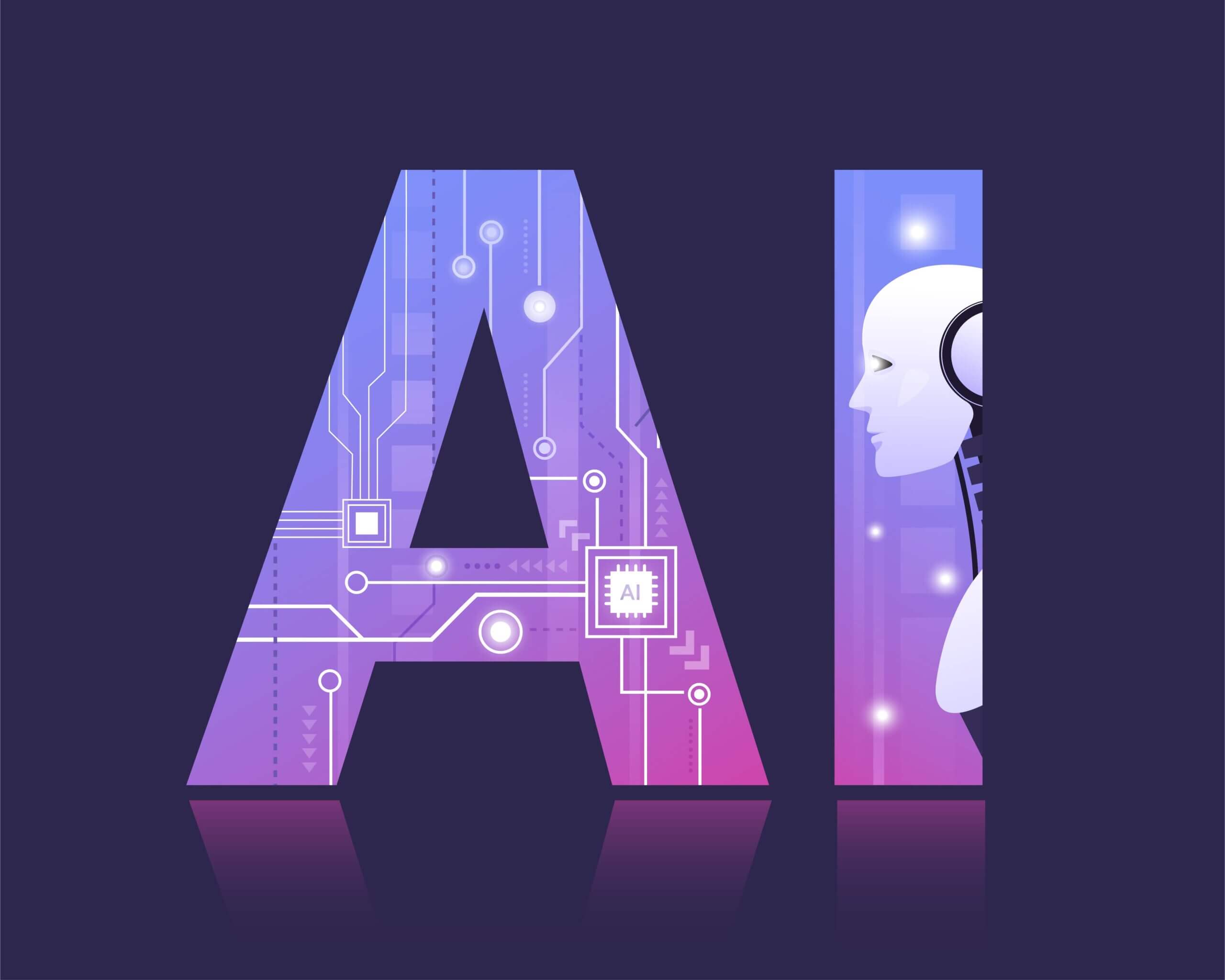Introduction:
Have you ever wondered about the true Artificial Intelligence Pros and Cons Over old Computing in your industry? Whether you’re a software engineer, a filmmaker, or involved in industrial automation, chances are AI plays a significant role in your daily operations. But just how effective is AI in solving problems and streamlining processes? In a recent research study by CFE Media and Technology, we delved into the strengths and weaknesses of AI, particularly in the realm of industrial automation. From enhancing efficiency to facing challenges, we explored the practical applications of AI and its impact on various sectors. Join us as we unravel the intricacies of AI, uncovering its potential and pitfalls, and gain valuable insights into how it can shape the future of our industries. By the end of this blog post, you’ll have a clearer understanding of AI’s role in your profession and how to leverage its strengths while navigating its weaknesses.
Read also Risks When Building Products Using Artificial Intelligence Technology
AI and complex decision making
Let’s chat about AI and its role in tackling complex decision-making tasks. You see, when it comes to automation, things are pretty straightforward – it follows rules, it’s predictable, and you can usually trace the logic behind its actions. It’s like a well-oiled machine: if A happens, then B follows suit. But AI? Well, that’s a whole different ballgame.
According to Jeff Winter, an Industry 4.0 and digital transformation expert, AI’s superpower lies in its adaptability. Unlike traditional automation, AI isn’t bound by rigid rules. Instead, it’s built to think for itself, which means it can navigate tricky situations and make sense of messy data that would leave other systems scratching their heads.
Take demand forecasting, for example. Picture yourself drowning in a sea of 3 million data points from various sources. Sounds overwhelming, right? But fear not – that’s where AI swoops in to save the day. With its knack for classification, regression, and prediction, AI can sift through the noise, identify patterns, and pinpoint the most critical factors at play.
In essence, AI excels at handling complexity. Whether it’s juggling multiple variables or unraveling tangled datasets, AI’s got the chops to tackle the toughest challenges. So, the next time you’re faced with a daunting decision-making task, remember – AI’s got your back.
Challenges of AI integration
Let’s talk about the hurdles that come with integrating AI into traditional industrial processes. Sure, there’s the tech side of things, but according to Jeff Winter, the real challenge lies in finding the right talent. You see, AI moves at lightning speed, but our education system? Well, let’s just say it’s not quite keeping up.
Think about it – it takes time for schools and colleges to adapt their curricula to the ever-evolving world of technology. And with AI booming like never before, we’re playing catch-up big time. Just take a peek at the job market – the most sought-after roles? They’re all about data science, computer science, and AI. But here’s the kicker – there just aren’t enough skilled folks to fill those positions.
But wait, there’s more. Even if you’ve got the brainpower, there’s still the pesky issue of data. You see, in the world of manufacturing, data isn’t always easy to come by. Unlike your trusty laptop that gets an upgrade every few years, some machines have been chugging along for decades. And don’t even get me started on the dizzying array of technologies and protocols out there.
So, yeah, integrating AI into manufacturing? It’s a bit like navigating a maze blindfolded. But hey, with the right training programs and a bit of elbow grease, we’ll get there – one PLC at a time.
How does traditional programming work?
Let’s break down how traditional programming works in a way that’s easy to understand. So, with traditional programming, it’s all about giving the computer a set of instructions to follow, kind of like a recipe. You tell it exactly what to do in every situation, and it dutifully follows your commands to solve a problem or complete a task. It’s a pretty straightforward, step-by-step process, and it works wonders for tasks with clear-cut solutions and limited outcomes.
But here’s the catch – when things get complicated, traditional programming can hit a roadblock. Imagine trying to write rules for every possible scenario in tasks like image recognition or natural language processing – it’s like trying to predict the weather down to the minute. There are just too many variables, and it’s impossible to account for every single one.
And that’s where AI programming steps in and steals the show. Unlike traditional programming, AI doesn’t rely on rigid rules. Instead, it learns from data, adapts to new situations, and makes decisions on the fly – just like a human brain. So, while traditional programming has its place, AI’s flexibility and adaptability give it a clear edge in tackling complex, ever-changing tasks.
What are the pros and cons of AI Over traditional computing?
Control and Transparency
Traditional programming offers developers complete control over software logic, ensuring predictable outcomes. However, AI systems, particularly complex ones like deep neural networks, can be hard to interpret, operating like “black boxes” with unclear processes. This lack of transparency can pose challenges in industries prioritizing decision-making explainability, such as healthcare and finance.
Learning and Data Handling
Traditional programming relies on structured data and struggles with unstructured data. Adding new information requires manual intervention, and programs may not adapt well to unforeseen scenarios. In contrast, AI systems excel at processing unstructured data like images and texts. They learn continuously from new data, making them ideal for dynamic environments.
Stability and Scalability
Traditional programs offer stability but struggle with scalability due to the need for manual programming interventions. On the other hand, AI systems provide scalability with automation and continuous learning capabilities. However, they may lack stability, leading to inconsistent responses.
Efficiency and Availability
While traditional programs require human operation for 24/7 availability, AI technologies can run autonomously, enabling continuous business operations. AI automation can optimize workflows by handling repetitive tasks, but it may also lead to job displacement, necessitating workforce adaptation.
Conclusion: Artificial Intelligence Pros and Cons
In conclusion, the exploration of the strengths and weaknesses of artificial intelligence (AI) reveals a complex landscape of opportunities and challenges. While AI offers unparalleled adaptability and the ability to handle complex decision-making tasks, its integration into traditional processes poses significant hurdles.
The shortage of skilled talent and the complexities of data management underscore the need for comprehensive training programs and strategic approaches to overcome these obstacles. Moreover, understanding the differences between traditional programming and AI computing highlights the unique advantages and drawbacks of each approach. Traditional programming provides stability and control but may struggle with scalability and handling unstructured data.
In contrast, AI systems offer scalability and efficiency but may lack transparency and consistency. Despite these challenges, the potential of AI to revolutionize industries through automation and continuous learning is undeniable. Moving forward, organizations must navigate these complexities thoughtfully, leveraging AI’s strengths while addressing its weaknesses to drive innovation and enhance productivity in an ever-evolving technological landscape.

